The lone tiger reserve in Bihar is the Valmiki Tiger Reserve, which serves as the easternmost boundary of the Himalayan Terrain forests in India. The forest contains a mixture of bhabar and terrain tracts and is located in the country’s Gangetic Plains biogeographic zone. The Valmiki Tiger Reserve is located in Bihar’s northwest, primarily in the West Champaran district. The two phrases Champa and Aranya, which mean “Forest of Champa trees,” were combined to create the district’s name.
According to reports, the sanctuary is home to 145 birds, 26 reptiles, 13 amphibians, and 250 different species of birds. It also has a tiger reserve.
In the Valmiki National Park, you can find a wide variety of plants and animals. The park is made up of tropical seasonal swamp forests with reed beds and wet grasslands, as well as moisture-bearing Sal forests, dry-bearing Sal forests, moist mixed deciduous forests without Sal, and cane.
Animals that make up the flora include Mammals including tigers, rhinoceroses, black bears, leopards, wild dogs, buffalo, wild boars, hyenas, leopard cats, and wild cats.
Pythons, King cobras, Kraits, Banded Kraits, Sand Boas, Crocodiles, and other reptiles.
From Chitwan to Valmikinagar, Indian bison and one-horned rhinoceroses frequently migrate.
How far is Valmiki Tiger Reserve from Patna?
The Valmiki Tiger Reserve is roughly 295 kilometers away from Patna. Road travel between the two locations takes a little over 7 hours.
Things to do in Valmiki Nagar Tiger Reserve
The Valmiki Tiger Reserve delivers a surreal encounter with nature as culture and wildlife coexist in harmony. Each activity in the Valmiki Tiger Reserve is more thrilling than the last thanks to the region’s undulating natural landscape.
The Tiger Reserve welcomes nature lovers from all over the world because it is home to a wide variety of plants, animals, and birds. Safaris and nature walks are great ways for people who merely want to experience the Reserve’s natural beauty, but there are also many exhilarating activities available here for the more adventurous traveler, like rafting, boating, and hiking.
The Reserve’s stunning setting, which includes little mountains and tumbling rivers, makes it a well-liked destination for photographers. With more than 250 different species of birds chirping through its trees, the Reserve is a highly-liked destination for birdwatchers as well.
Here are the best things to do in Valmiki Nagar Tiger Reserve;
1. Valmiki Nagar Rafting:
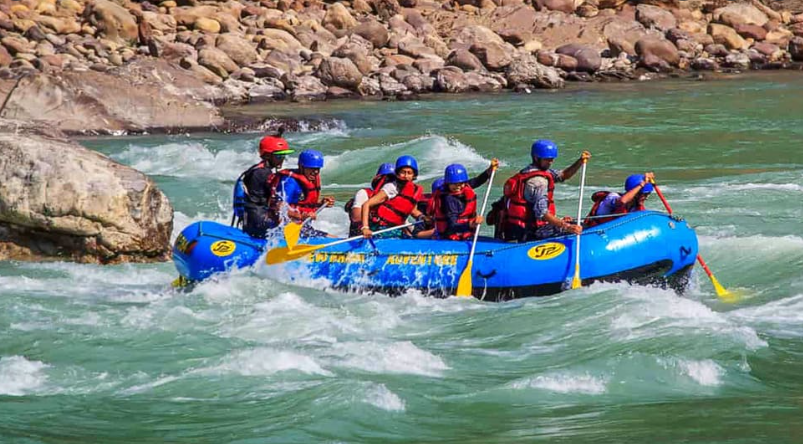
The tranquil Gandak river meanders leisurely through Valmiki Nagar, making it the ideal setting for a rafting excursion. This location offers a truly unmatched experience, with rapids that range in speed from gentle to fast-paced along their length.
Rafting is a sport that doesn’t require a lot of skill and can be tried by beginners as well. One of the most popular activities in the Valmiki Tiger Reserve is gliding around the rich natural terrain. This makes it a fantastic way to explore the Tiger Reserve’s lush surroundings.
Timings: 10:00 AM – 05:00 PM on all days of the week
Price: starting from Rs. 800/- per person
2. Valmiki Nagar Elephant Safari:
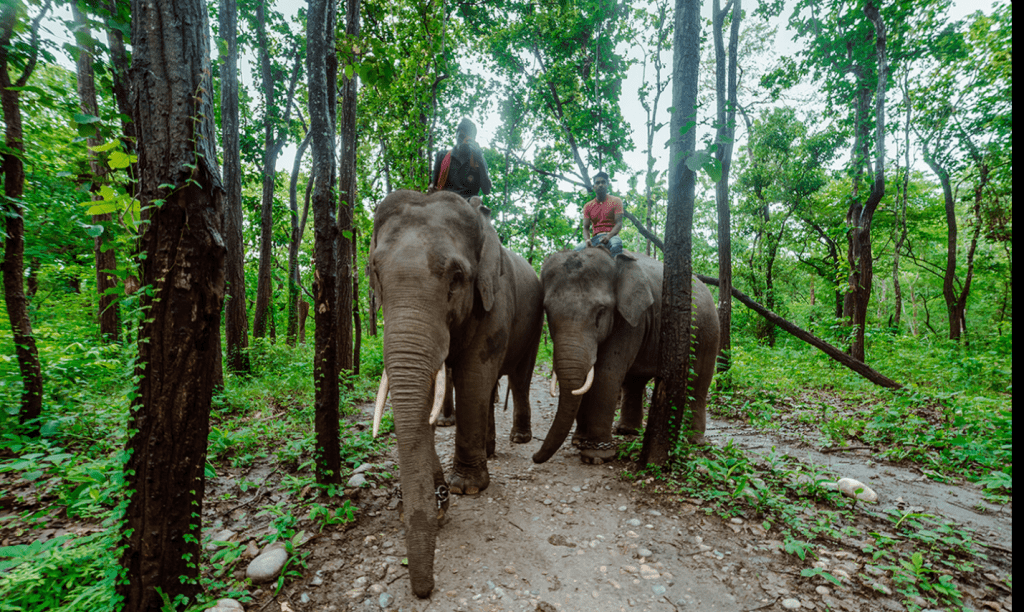
An elephant safari may be among the greatest things to do in Valmiki Tiger Reserve if you want to get up and personal with the wildlife there. Riding a trained elephant through the reserve’s dense woodlands will allow you to admire its stunning natural beauty.
You can expect to see animals like leopards, wild boars, wild dogs, and, if you’re really lucky, the Royal Bengal Tiger on the safari ride through the jungle’s hidden caverns and crannies.
Duration: 1 hour
Price: starting from Rs. 550 per person
3. Valmiki Tiger Reserve Jeep Safari:
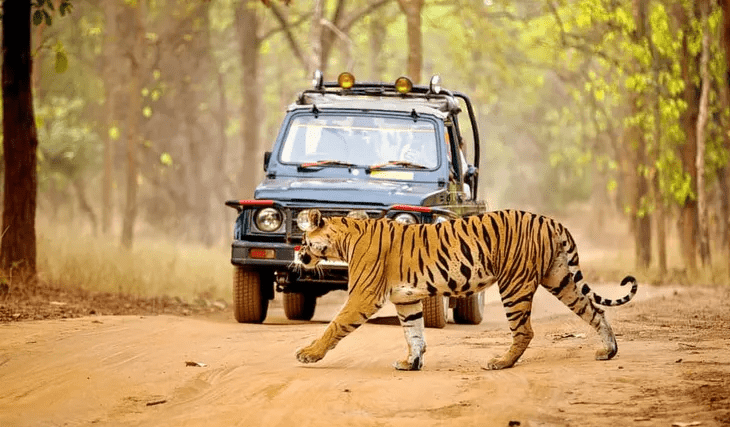
The Jeep Safari in the Valmiki Tiger Reserve is one of the top activities for thrill-seekers looking to explore the Reserve’s secret nooks and crannies. The jeep safari is driven by a skilled driver who is fluent in the forest’s dialect in a 4×4 vehicle.
The safari takes you through the areas of the Reserve where you have the best chance of seeing wildlife, including tigers, elephants, leopards, boars, bears, and even boars. It’s a great way to discover the local wildlife as well.
Duration: 1 and a half hours
Price: Gipsy Safaris for up to six persons cost Rs. 1500 for each car, and Canter Safaris for up to twelve adults cost Rs. 300 per person.
4. Boating in Gandaki River:
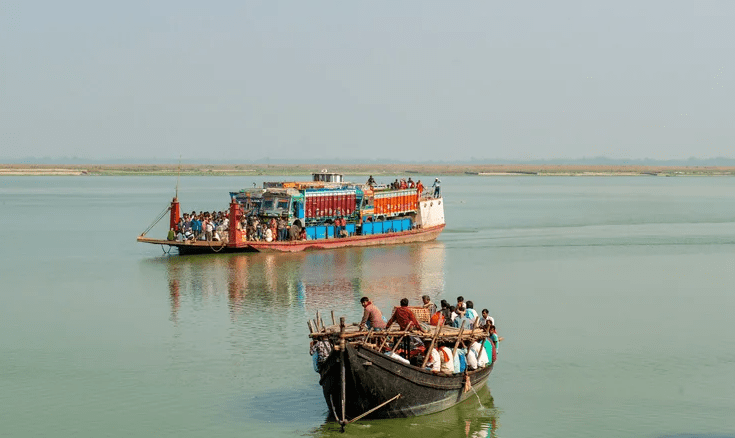
The Rohua Nala, a small river in the center of the Tiger Reserve, is a tributary of the river Gandak. The lake is frequently visited by people who want to learn more about the abundant birdlife in this area, which is surrounded by a lush green area. Taking a boat ride in the Nala is one of the greatest methods to discover the beauty of the location.
On a traditional boat called a Sikara, the experience takes place. The boaters are joined by a knowledgeable guide who not only assists with navigating the craft but also shares essential knowledge about the wildlife that is occasionally seen along the coasts.
Price: Rs. 100/- per person
5. Valmiki Tiger Reserve Nature Walk:
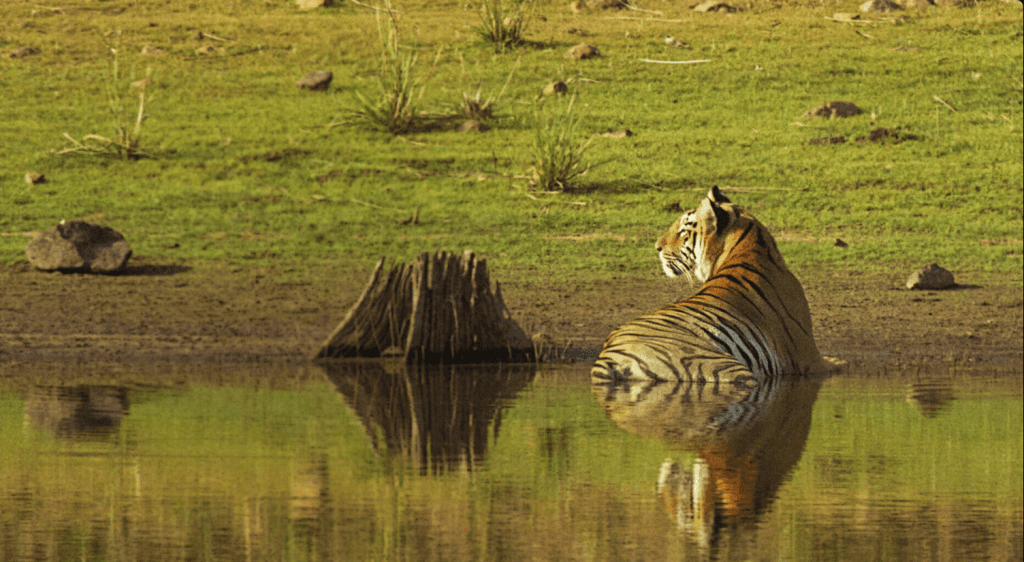
One of the best activities in Valmiki Tiger Reserve for visitors seeking to discover the area’s abundant natural beauty is the Nature Walk. The walking routes here are interesting to explore as they wind their way through dense canopies. Here, walks last between 4 and 6 hours and are roughly 4-5 kilometers long.
A knowledgeable naturalist who is familiar with the area’s flora and fauna travels with each party. Children under 15 are not permitted to participate in this activity.
Timings: 08:00AM – 10.00AM; 04:00PM – 06.00PM
Price: Starting from Rs. 200 per person
6. At Pandai River, Unwind:
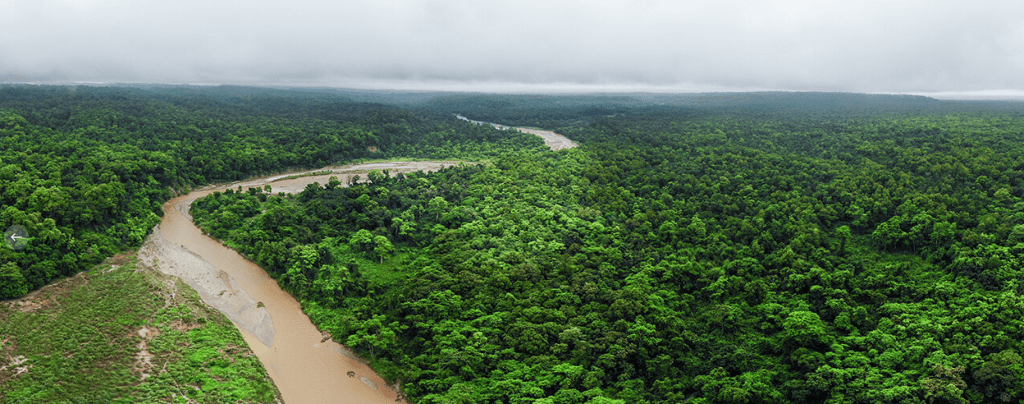
The River Pandai, which marks the border between India and Nepal, is a special feature at the Valmiki Tiger Reserve. The Pandai jostles down with an alluring playfulness full of youthful vigor that beckons to everyone.
Although there aren’t many sporting activities available here, one may still have a great time relaxing on the banks of the Pandai after a long day of sightseeing, listening to the sounds of nature, and letting the water run through your toes. The river’s waters glisten brilliantly and appear twice as beautiful at sunrise and dusk. Additionally, the river makes for a beautiful photographic backdrop.
7. Go for Manor Trek
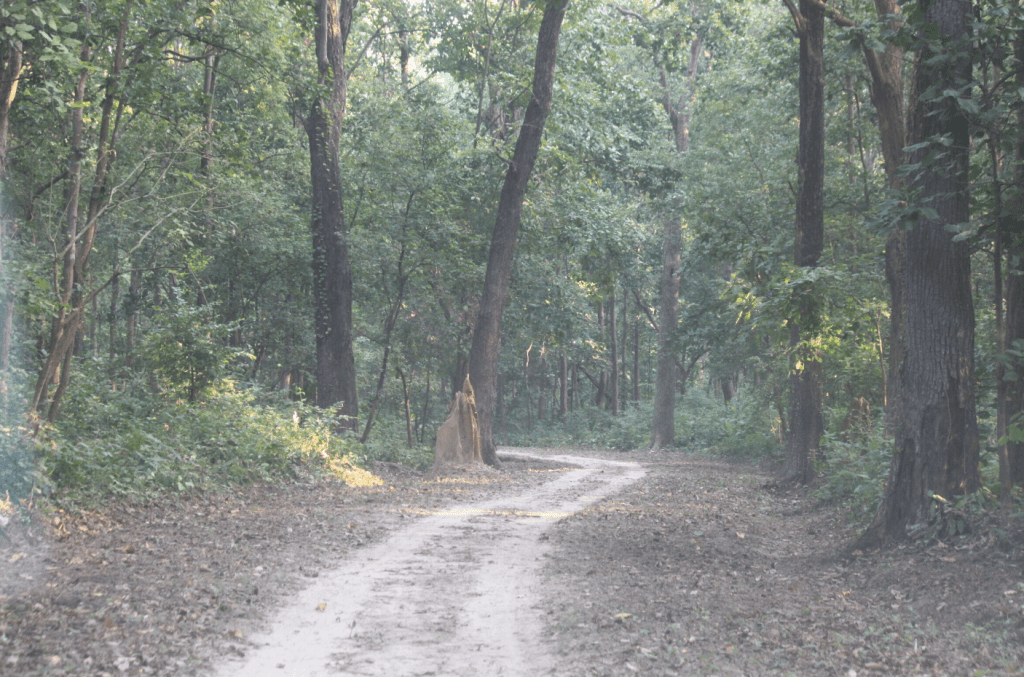
The Manor River, one of many rivers in the Tiger Reserve, is well renowned for its picturesque banks. The Manor Watchtower, a notable two-story tower with spectacular views over the river and beyond, is located at one end of the river.
Despite the fact that the tower is accessible by wheels, trekking to the Manor Tower is one of the most thrilling activities you can do in the Valmiki Tiger Reserve. It doesn’t take more than an hour to make the short journey to the Tower. Trekkers, on the other hand, are welcomed with incredibly satisfying views of the nearby vegetation, making the excursion worthwhile.
8. Trek to Someshwar Peak:
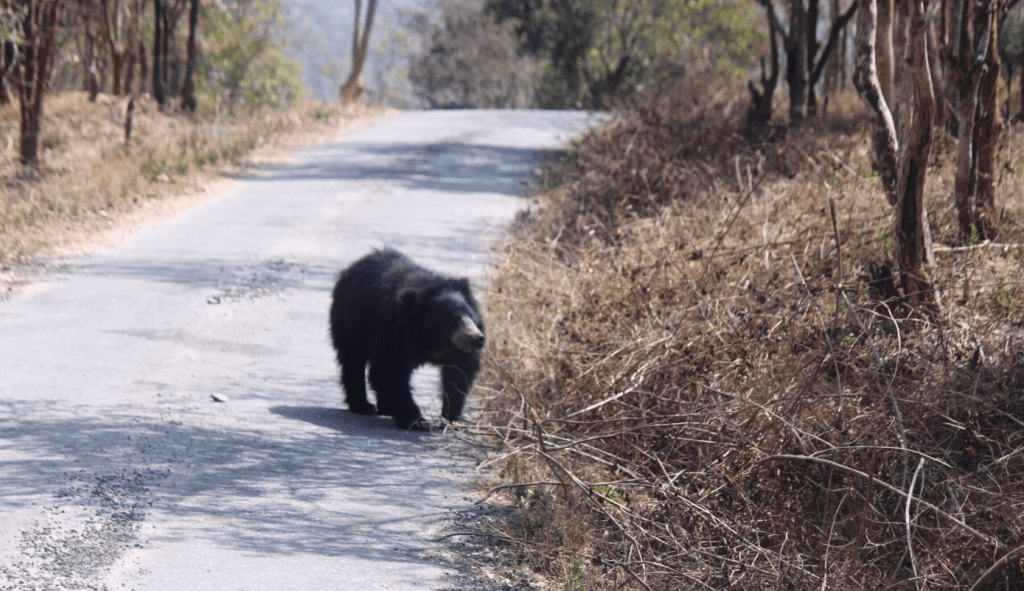
Someshwar Peak, which rises to a height of nearly 2,800 feet above sea level, is Valmiki’s tallest mountain. The walk to Someshwar Peak is among the top things to do in Valmiki Tiger Reserve and is a treat for both adventurers and nature enthusiasts.
The trail to the top begins at base camp and extends for roughly 14 kilometers. The walk is filled with amazing vantage points, including the Titanic Point and Hill Top, which command outstanding panoramic views of the nearby woodlands. A few significant temples may be seen along the trail, the largest of which is the Someshwar Temple, which bears its name.
Conclusion
Throughout the entire year, from 1 October to 31 May, the Valmiki Tiger Reserve is accessible to the general public. The Reserve is best visited throughout the winter, from November to February, during these months. This is the perfect time of year for safaris and other sightseeing activities because the weather is still mild and pleasant.
Tourists can visit the Tiger Reserve in complete safety. To guarantee the entire safety of all tourists, a number of rules have been put in place, including safe lodging, knowledgeable guides, drivers, etc. To guarantee a hassle-free tour, visitors should also remember to follow the park’s rules and regulations. For instance, it is completely forbidden to consume drink, smoke, or bother the animals while on park property.
